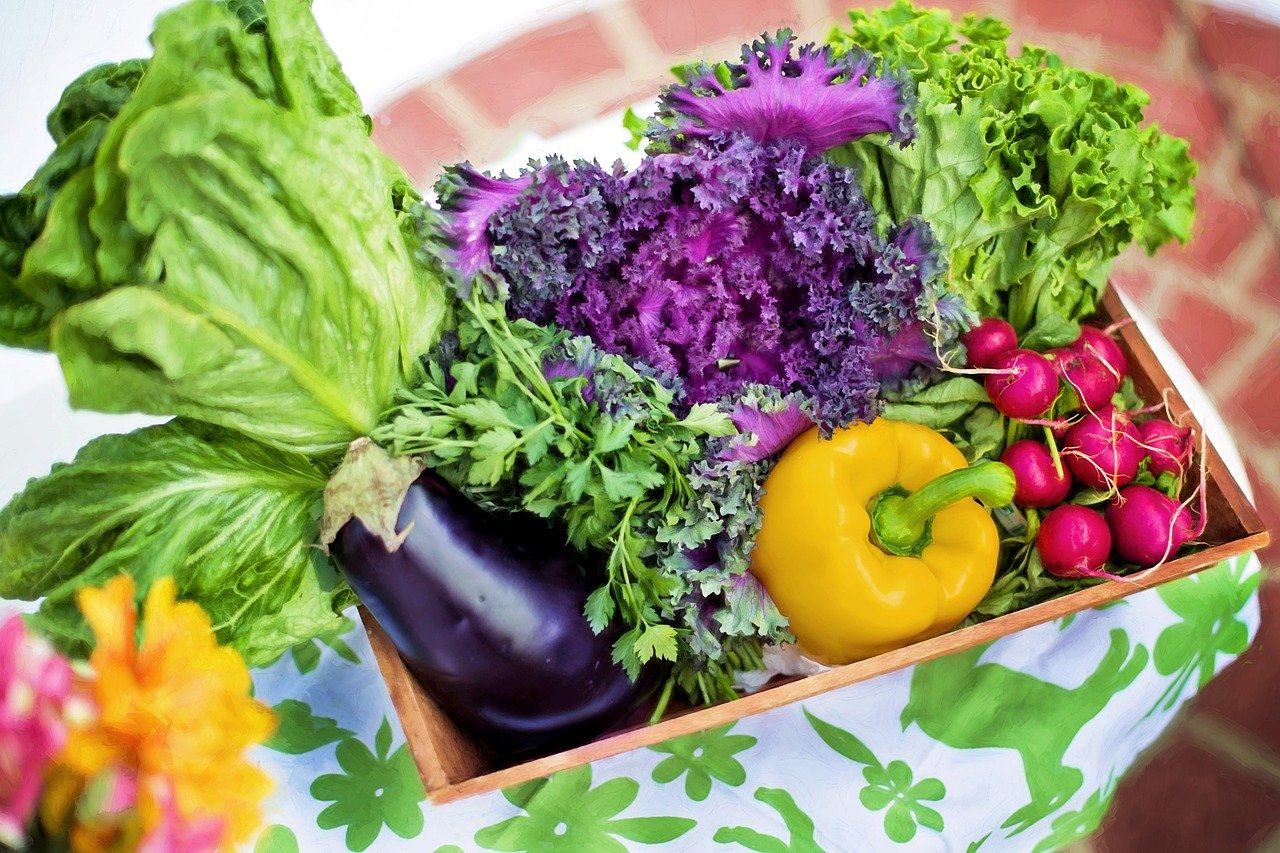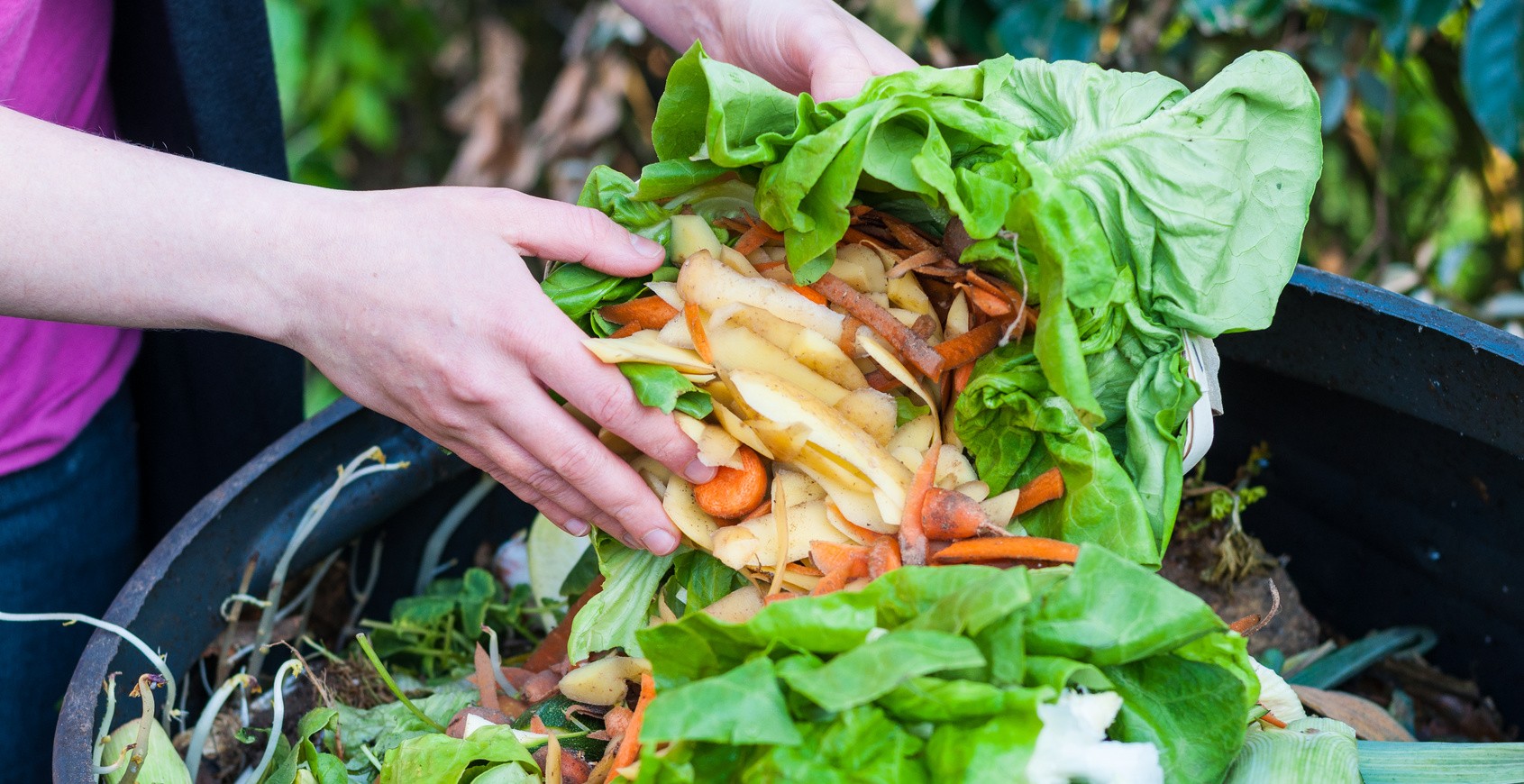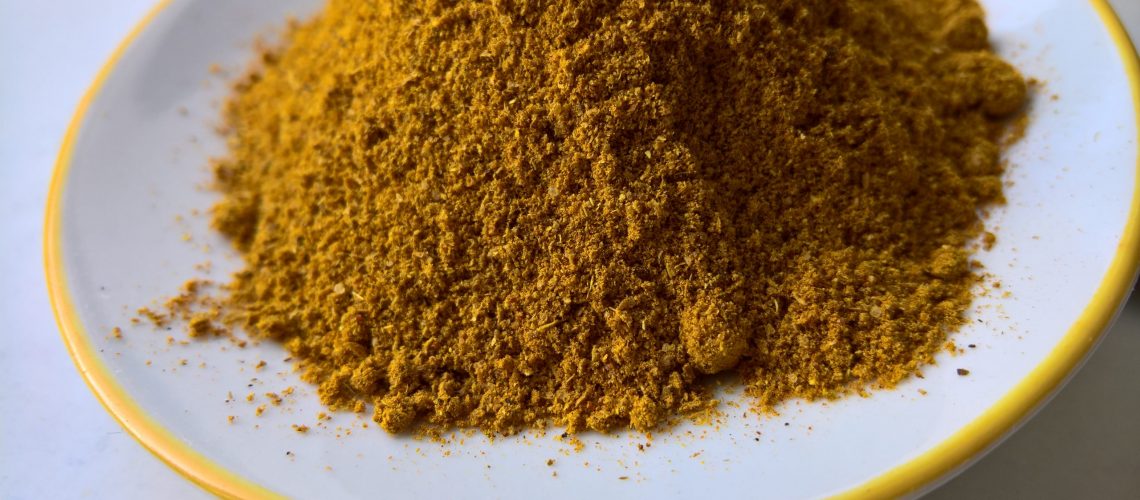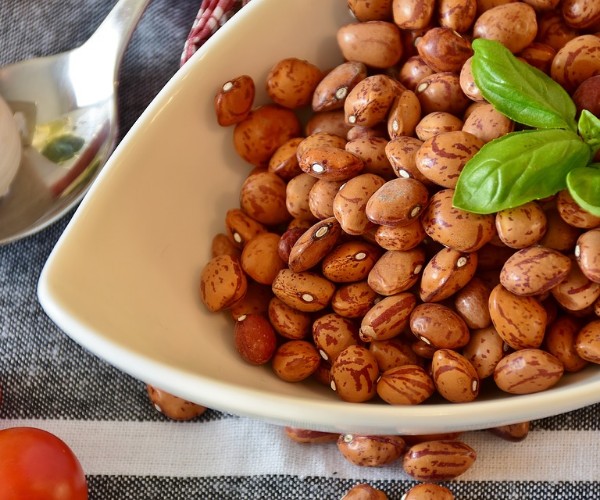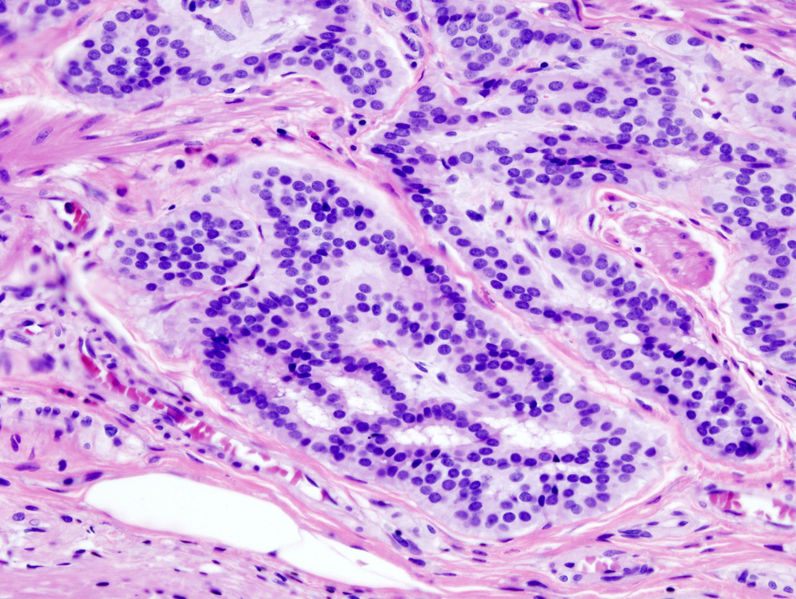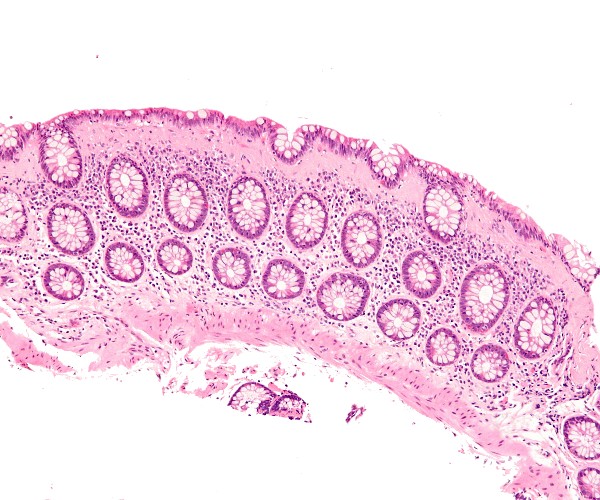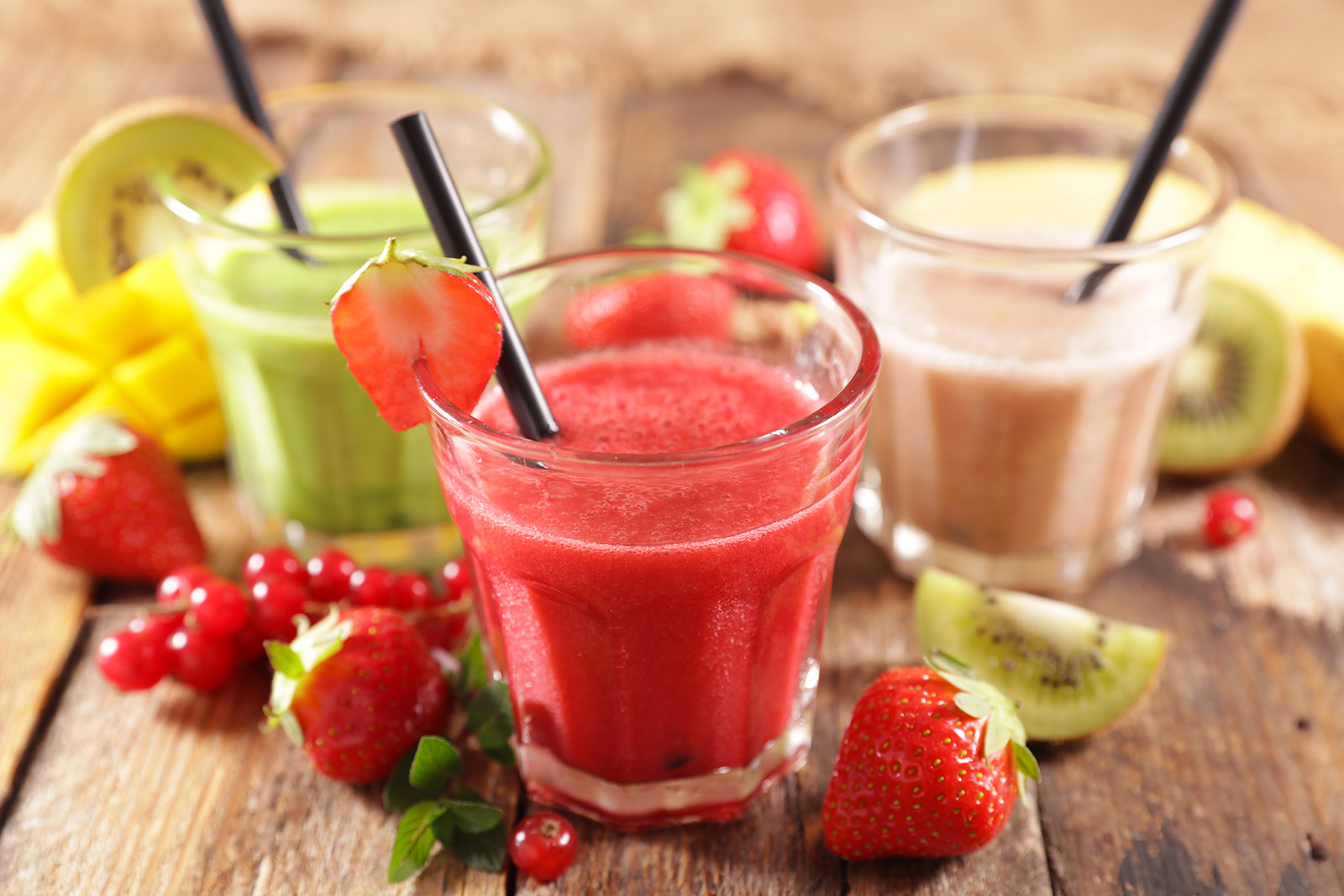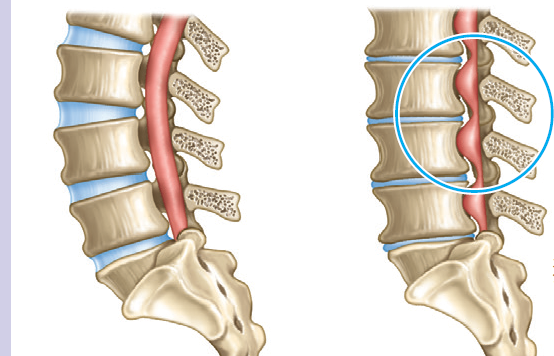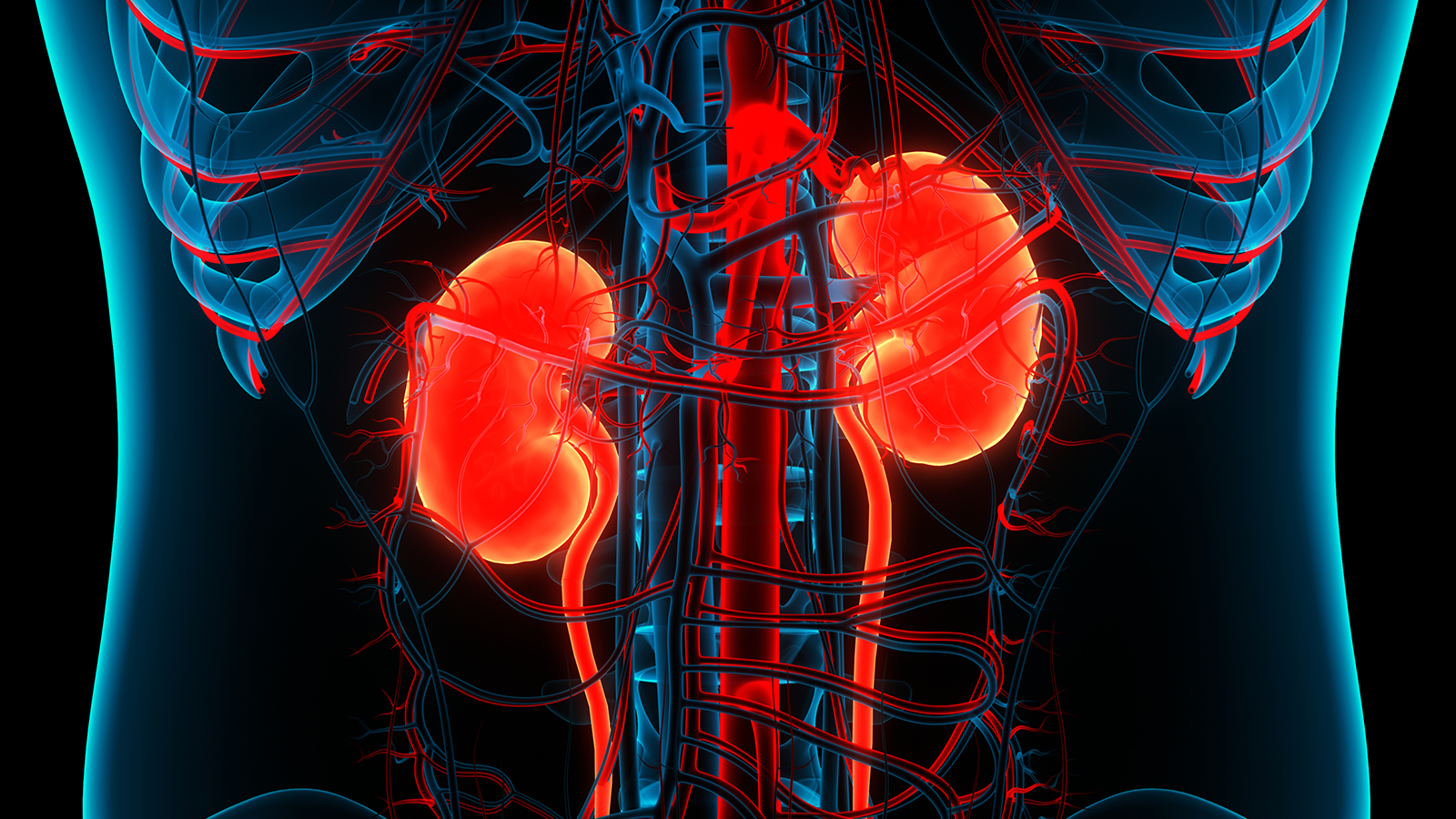“Country you go, curry that you find”: this is not an oversight, but a correct interpretation of the popular saying. In fact, of curry, a spice mix originating in India, there are different variations ‘of all colors’ depending on the combinations made of it in the territories where it is used. If you want to discover spicy flavors, then read on.
Plant. It may not be known to everyone that there is a curry plant, even before the spice. It is an ornamental tree whose scientific name is Murraya koenigii, which does not betray its Indian origins, belonging to the rutaceae family. From its native territory of India and Sri Lanka, the plant has since spread to tropical and sub-tropical areas of China, Africa and Australia. In Italy, the real curry plant is often mistaken for the better-known Murraya paniculata or exotica, which is instead a shrub or small tree used as a hedge, very common in nurseries. The ‘original’ curry tree can reach a height of up to 10 meters and develop a trunk up to 40 centimeters wide that branches out and produces large leaves composed of 11 to 21 shiny, dark green leaflets. The leaves, which are quite aromatic, can also be used in the preparation of a spice mix, such as the well-known Indian masala, but we will discuss this further. The flowers, on the other hand, are white in color, numerous but small in size growing in clusters, and have an intense fragrance. Finally, the fruits are bluish-black spherical berries very similar in texture to blackberries; (in theory) they are edible but care must be taken with its seeds, which are poisonous instead.
The ‘multicolor’ and multi-flavored curry. What we know, is not a single spice, but a composite powder, that is, consisting of different spices that give it different ‘essence,’ flavor and color. The best known is the mustard-yellow one, the traditional curry, with a strongly aromatic fragrance, but it is not the only powder. In fact, curry is not a ‘unique’ spice, even in India, where the mixture even varies from region to region. Many countries such as China, Japan, Thailand and Pakistan have even come up with their own blends, differing according to the proportion of the various spices. Traditionally:
- The classic curry, i.e., kaeng kari or yellow curry consists of cumin, turmeric, which gives it its yellow color, cinnamon, cloves, coriander, fenugreek, nutmeg, saffron, black pepper, chili pepper, ginger, and cardamom.
- Thai green curry or kaeng khiao wan: is a green powder that owes its color to an oriental variety of basil, as well as oregano, sesame, thyme, salt, and marjoram, and is called Za’atar.
- Red curry: is a mixture of chili peppers, black pepper, turmeric and cinnamon that make for a distinctly spicy taste and is mainly used to flavor meats. The special feature is that in this variant the spices are roasted before being ground; the spicy flavor can be mitigated by mixing it with milk or a yogurt sauce, resulting in a much more aromatic variety.
Depending on the spiciness, given precisely by the mix of spices chosen, curry is divided into:
- “very hot”: the spiciest variant
- “hot”: spicy
- “mild”: mildly spicy or sometimes spicy
- “sweet”: but do not be fooled, for in spite of the English terminology, there is nothing sweet about it.
Uses of curry. It is certainly the basic spice in Indian cuisine, called masala. There are a variety of qualities of masala, the most famous of which are:
- garam masala or boiling mixture: a combination of very spicy spices, such as chili, garlic, ginger powder, sesame, mustard seeds, fennel, and other roasted spices;
- the tandoori masala named after the cylindrical earthenware oven in which the meats are cooked, consisting of cayenne pepper, coriander, cloves, garlic, cardamom, fenugreek, cinnamon, allspice, onion and ginger.
The use among the best known, even in the West is in chicken curry, or in combination with vegetables and rice. However, curry is not only used in India, all eastern countries consume this spice: in Asia, Thailand, Pakistan, Singapore, Japan, and China.
- There is, for example, a Japanese curry, employed as the base of some of the most popular dishes in Japanese cuisine, including curry with rice, curry with udon (a kind of noodle), or it is served as karē-pan, a breaded and fried bun stuffed with curry.
- Curry is also used in African cuisine as an ingredient in cous-cous.
- In the West, popular dishes that employ it include: chicken curry, curried basmati rice, cous cous, curried lentil dahl, curried vegetarian meatballs, curried shrimp, as well as the many sauces blended with this spice and served to accompany main courses. Still it is present in many soup and vegetable recipes, for example, koftas, special vegetable patties and dal, lentil stew, carrot curry, curry and squid risotto, beef stew rice and curry.
So,
- Curry powder is used as an ‘addition’ to a food to enhance the aromas and embellish the flavors, not as a single spice nor is it suitable for the preparation of herbal teas and infusions, as is the case with other spices and flavors.
- In Italy, curry powder is used in savory as well as sweet recipes or in sauce form to accompany meat, rice or fish. Or, more commonly, as a finishing touch, sprinkled over dishes to enrich their aroma.
Curry sauce. It may not have gone unnoticed to you that we mentioned curry sauce. Again, this is not an oversight; in fact, a sauce can also be made from the spice that goes well with salmon or other fish balls, meat dishes, chicken, and rice dishes. But that’s not all: the velvety texture also allows its use in dipping sauce, which is ideal for appetizers and dinners and/or for dipping and making skewers, shellfish or other tasty. Prepared at home the sauce can be supplemented with a mango chutney or a teaspoon of apricot jam in addition to the powder.
Curry trivia. Did you know that:
- The name “Western” probably comes from the Hindi word turkarri, which means “moist,” “stew.” Curry arrived in Europe during the period of colonialism, and the first stop was England through the merchants of the East India Company.
- The first recipe with curry in Europe appeared in 1747 in a text by Hannah Glasse in the volume, “The art of cookery made in plainand easy.”
- Curry can be addictive. The taste of this spice is so powerful that it subjugates the taste buds, so much so that the palate can no longer frane without it.
- It is recommended that curry be consumed once a week, alternating with other spices and adjusting according to one’s condition and needs, but always in moderate amounts.
- A sprinkling of curry in different preparations, can also help reduce salt consumption, promoting artery and heart health by lowering the risk of hypertension.
- To preserve the aroma, we recommend buying in small quantities and storing in cool places, away from heat sources.
- The foliage of the plant can also be used in cooking as a spice to flavor various dishes.
Cultivation. Although it prefers tropical climates, curry can also be grown in Europe. In case of cold climate areas prone to frost, it can be grown in pots, preferably in an intermediate greenhouse or winter garden. However, some caution is needed; in fact, the curry wants:
- lots of light, it likes sunny locations although it still tolerates half-shade. The best location is facing east, south or west. Exposure to strong winds and drafts, however, should be avoided so that the plant can develop best and produce abundant leaves, flowers and fruit.
- Curry plants can be grown in open fields or in containers and pots. In winter they will need to be brought indoors to protect them from cold, frost and winds. In southern Italian areas, outdoor cultivation in the field will still require protection with tessutonontessuto be removed once winter is over.
Pruning. Normally the plant is pruned to maintain a contained development, however, this may limit the growth of suckers, root sprouts that emerge from the soil. If so, it will be necessary to cut these down as well or have them developed by trying to create a small, very dense curry forest, similar to a hedge.
Propagation. Curry can be propagated by seed in spring, previously germinated in a seedbed, or by multiplication.
Soil and irrigation. Moist, humus-rich and very well drained soils are preferred. Water needs are average; however, watering should be implemented only when the soil is dry, so as to avoid waterlogging between watering that could damage the roots. In order to avoid the presence/permanence of water near the root system and promote water distribution and moisture below ground, it is recommended to add expanded clay or other porous materials into the soil. Finally, it is good to water regularly during the growing season, while fertilization is not required.
***
Harvesting curry leaves. Itcan take place all year round, as they are evergreen, so they can be used in cooking at any time and always very fresh. You can also use the powder obtained by drying the leaves but the aroma is less intense. The Indian name for these leaves is “kari phulia” o “sweet neem leaves”, i.e., sweet leaves of neem, another common plant in India with instead a very bitter taste but curry-like leaf shape.
Finally, be careful not to confuse the leaves of the curry plant with leaves of another herb called Helichrysum, Helichrysum italicum. Helichrysum leaves are aromatic and vaguely reminiscent of the flavor of curry but are not the true leaves of the curry plant that are used in India.










